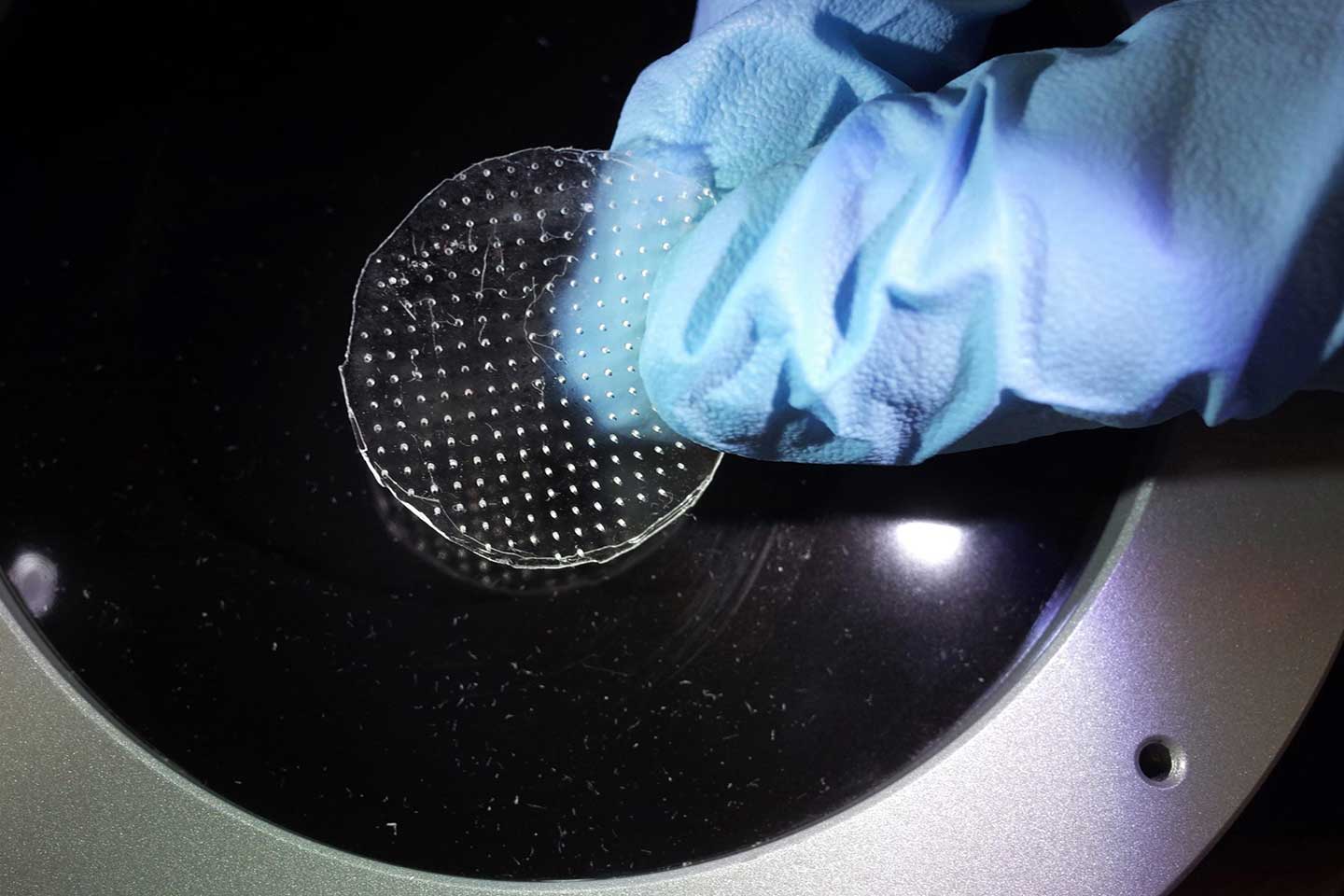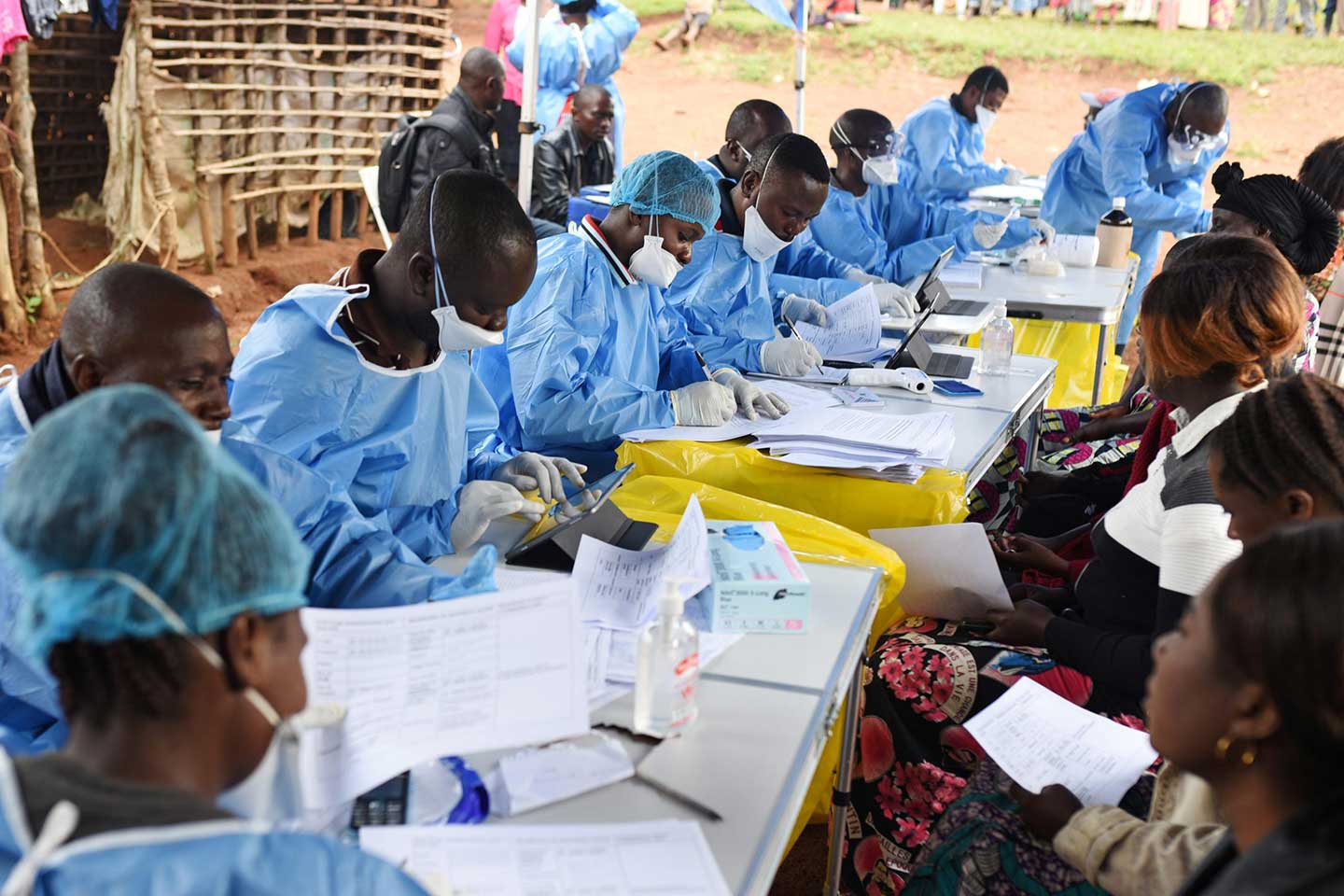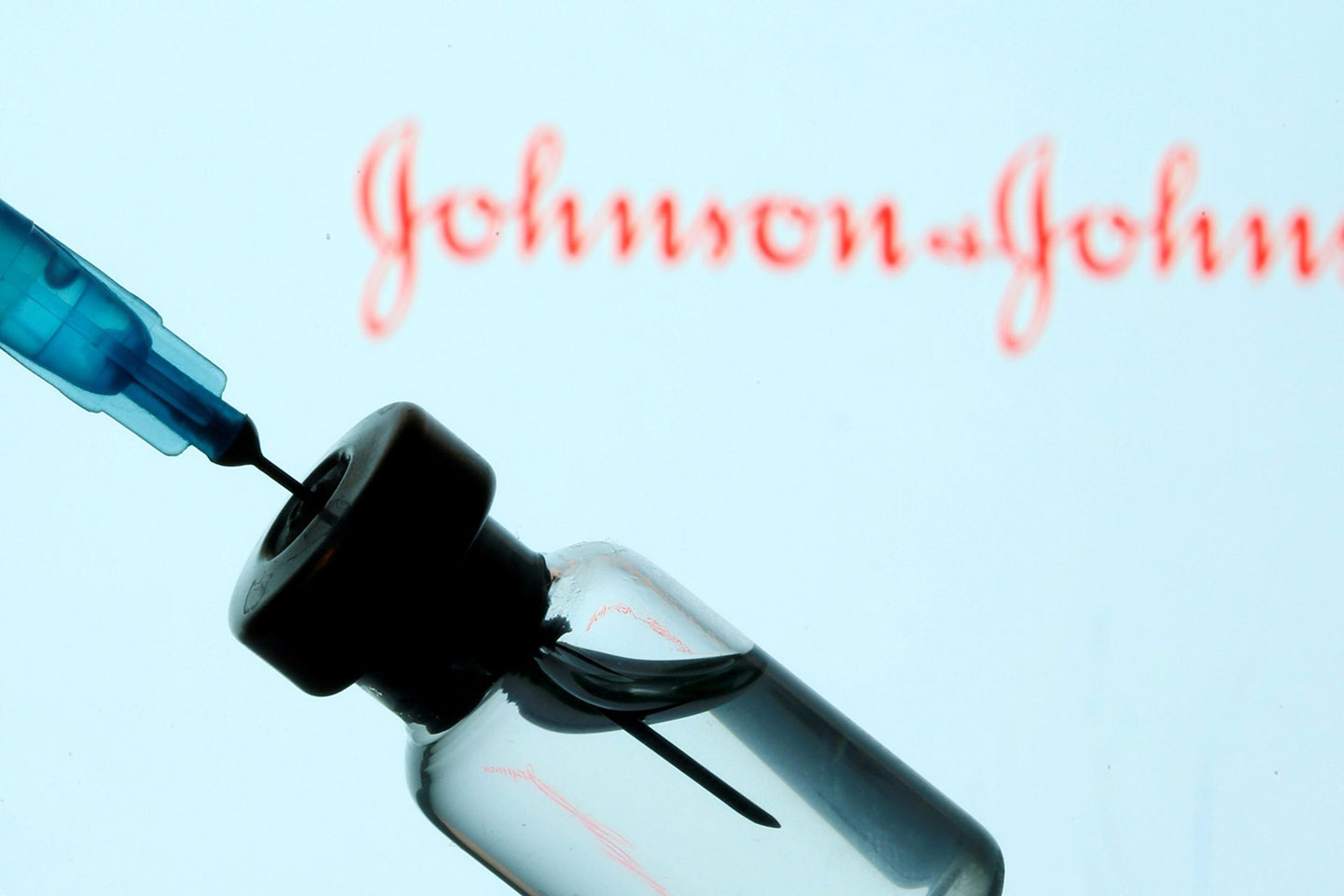Don’t overlook the most important metric for Johnson & Johnson’s Covid-19 vaccine
Overall efficacy is just one metric.
- 10 March 2021
- 3 min read
- by Quartz

When Janssen, a subsidiary of Johnson & Johnson, announced that its Covid-19 vaccine could prevent 66% of symptomatic Covid-19 cases, the response was lukewarm. The first Covid-19 vaccines have set the bar high. Both mRNA vaccines from Pfizer-BioNTech and Moderna showed they could stop over 90% of symptomatic Covid-19 cases in their late-stage clinical trials.
But Janssen’s vaccine shines by another metric: reducing the severity of the disease, potentially freeing up hospital beds. One of the most dangerous effects of Covid-19 is that it sends about 2% of patients to intensive care units in hospitals. The more Covid-19 patients lying in hospital beds, the more likely overwhelmed hospitals will be unable to treat future Covid-19 cases and unrelated medical emergencies. In some South Dakota hospitals overwhelmed by Covid-19 patients last November, for example, the death rate of daily hospitalized patients was 4.4%, more than double the national average.
Have you read?
According to company data released on Jan. 29, Janssen’s vaccine prevents 85% of severe Covid-19 cases, defined as a positive Covid-19 test, plus elevated breathing, heartrates, or low oxygen saturation 1. Data from the Moderna and Pfizer-BioNTech vaccine trials showed nearly complete protection from severe cases, with zero and 10 severe cases total in the vaccinated groups, respectively. (Janssen hasn’t release exact numbers on how many severe cases occurred in its trial yet.)
Preventing 85% of severe cases is great news from a public health standpoint. “To keep people out of the hospital and prevent death – this is value added,” said Anthony Fauci, the director of the US National Institute on Allergy and Infectious diseases on NBC Nightly News.
While the Janssen vaccine may not prevent as many Covid-19 cases compared to other vaccines, it could keep hospitalization rates low, similar to the benefit of the annual flu shot. Flu shots don’t offer absolute protection, but they make flu cases less lethal. (Janssen’s vaccine efficacy rate of 66% is actually better than the average flu shot.)
Across the US, roughly 77% of ICU beds are occupied at the time of writing according to Johns Hopkins University’s Covid-19 tracker. That’s at the high end of where capacity should be; in California, when several regions surpassed 85% occupancy in December, the state issued another lockdown. Other areas, especially in the American South, have rates even higher than the national average; Alabama and Texas both have over 90% of their beds full.
Janssen’s shot offers other advantages: It only needs to be refrigerated, instead of deep-frozen, and it only requires one jab. These factors could ease logistics, partially responsible for distribution delays, and accelerate immunity across the population.
Janssen is expected to submit its data to the US Food and Drug Administration for emergency use authorization by the end of the week. If the regulatory body deems its data sufficient, it could be a third vaccine in circulation in the US, with other countries likely to follow shortly after. While it may not end the pandemic on its own, it’ll undoubtedly help bring it to a close.
Author
 |
Katherine Ellen Foley |
Website
This article is originally published by Quartz on 4 February 2021.
More from Quartz
Recommended for you








